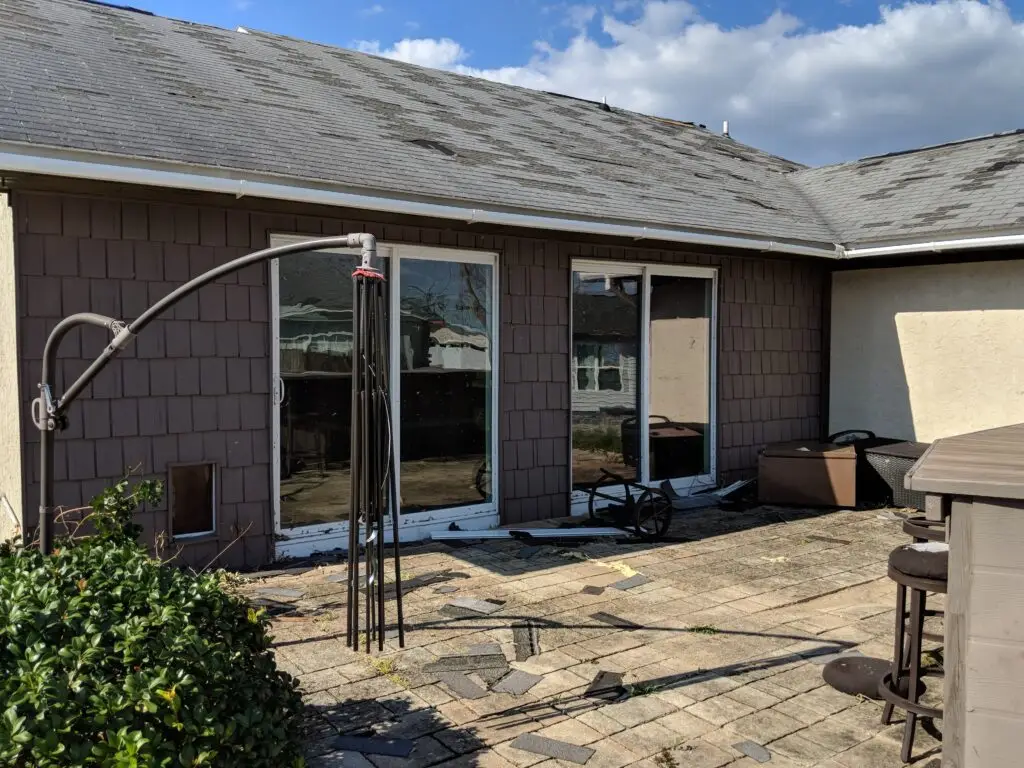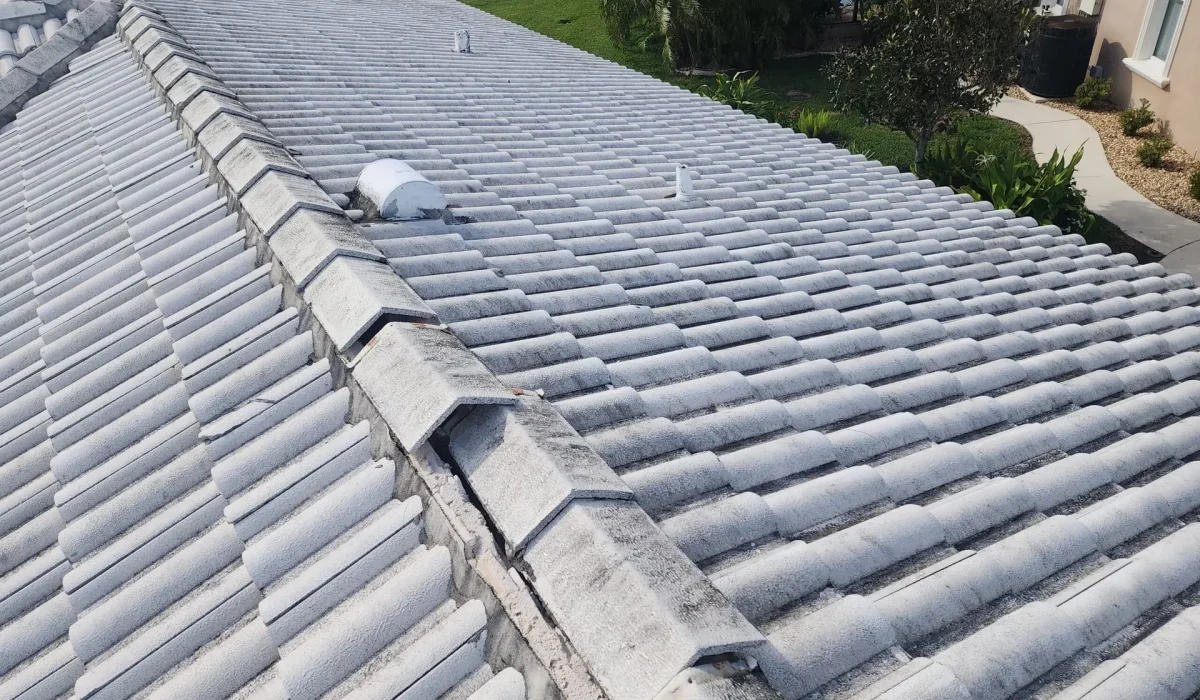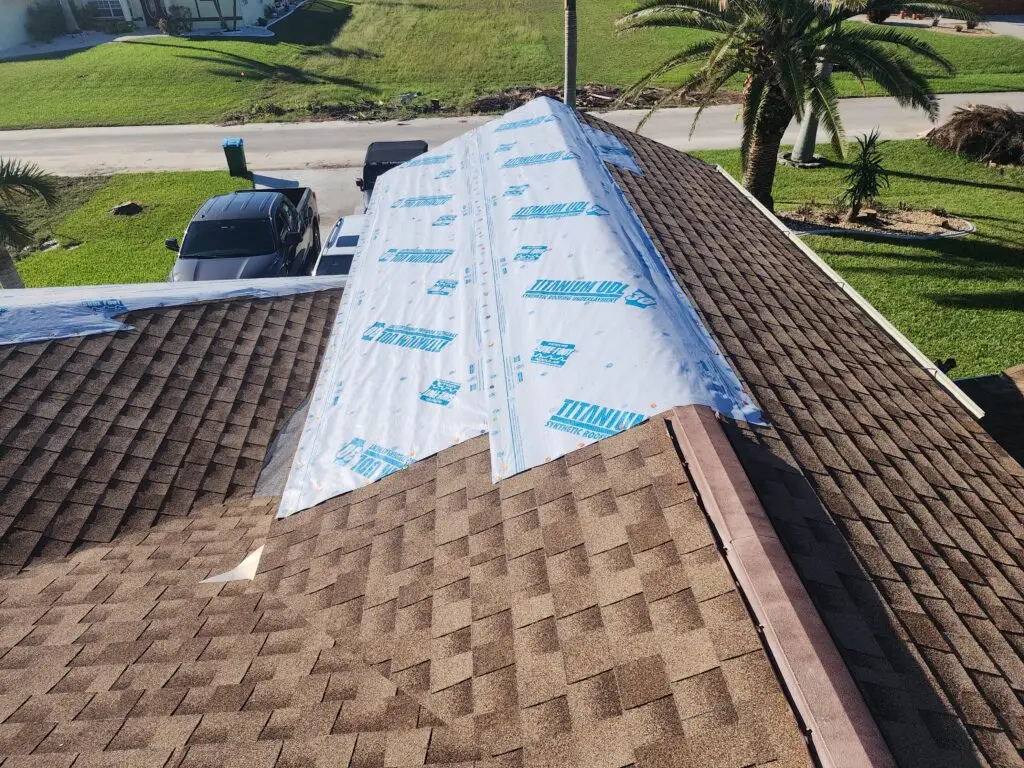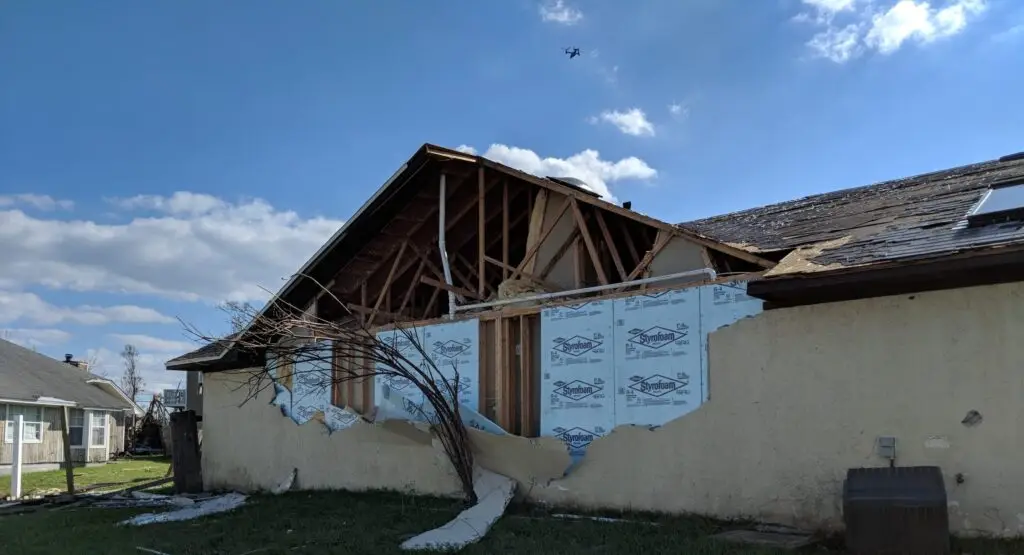Roof Damage
Roof Damage Can Hit Any Home, Anywhere
Roof damage is one of the most common issues faced by homeowners across the United States. Whether caused by high winds, heavy snow, falling debris, or hail, the damage to your roof can quickly lead to bigger problems like leaks, mold, or even structural failure. That’s why it’s crucial to file a roof damage insurance claim right away—and to do it right.
Panther Public Adjusting helps homeowners across the country take the stress out of claims. We’ll make sure your roof damage doesn’t get ignored or underpaid.
Being in the Rotonda for hurricane Ian was devastating. Just about every house required a new roof. My insurance company sent me a check for less than $500 after the deductable. Then I hired Mendy from Panther Public Adjusting, best move I could make. Thank you Mendy and his team!
— Bob Feeney
Types of Roof Damage We Help With
Not all roof problems are the same. Here are the most common types we handle:
Shingle Damage: Missing or curled shingles from wind or aging.
Leak and Water Damage: Rain or snowmelt getting through weak points.
Structural Damage: Sagging, rotting wood, or broken supports.
Hail and Impact Damage: Dents, cracks, or punctures from hail or debris.
Mold and Mildew: Moisture buildup from unnoticed leaks.
Many of these issues are covered under standard homeowners insurance—if you file correctly.

Why Roof Damage Insurance Claims Get Denied
Even when you think you’re covered, your insurer may say otherwise. Here’s why roof damage claims often get denied:
Wear and Tear: Damage blamed on old age, not sudden events.
Bad Documentation: No photos, inspection report, or repair estimates.
Wrong Cause Listed: Insurers may say the damage isn’t storm-related.
Late Filing: Every state has different deadlines.
We explain how to avoid these issues in our blog articles, and we can walk you through the process.

Roof Damage Insurance Claim Process
Here’s what to do after you notice damage:
Take Photos: Document all visible roof damage.
Prevent Further Issues: Use tarps if needed, but don’t do major repairs yet.
Call Panther Public Adjusting: We inspect your roof and start the claim.
File the Claim: We help you submit everything correctly and on time.
Negotiate: We push for full coverage—not just a patch job.
Our team includes licensed experts who know how to deal with adjusters and insurers. Learn more about our crew on our team page.

Roofing Materials and Their Unique Challenges
Different roofing materials respond differently to storms, debris, and wear. Understanding the type of roof on your home is key to both repairs and filing your claim.
Tile Roofs
Tile roofs are common in warmer states. They’re durable, but individual tiles can crack or get knocked loose in a storm. Matching tile styles can also delay repairs and complicate insurance assessments. Many times, the tile may be discontinued, and the whole roof will need to be replaced.
Slate Roofs
Slate is very strong but very heavy and expensive. Damage to slate roofs is rare but costly when it happens. It often takes a specialist to inspect and document this type of damage properly.
Shingle Roofs
Asphalt shingles are the most common type across the country. They’re also the most frequently damaged. Shingles can blow off in strong winds, allowing water into your home. Insurance companies often debate whether damage was caused by a storm or simply by age.
Metal Roofs
Metal roofs are durable and energy-efficient. But they can dent easily from hail and flying debris. Hail damage may look minor but still weaken the roof over time, leading insurers to deny claims.
No matter what kind of roof you have, it’s important to get a detailed inspection and make sure your claim is backed with strong evidence.
Real-World Claims, Real Results
We’ve seen it all—roofs ripped off by hurricanes, cracked from falling limbs, or simply letting water through years before homeowners noticed. Check out our insights in why your insurer might try to deny your roof claim, and how you can still win. That’s why it helps to have your own advocate.

When to File a Roof Damage Claim
You should file as soon as you see damage. Waiting can give insurers an excuse to say the damage is old or caused by neglect. Every state has its own rules, but sooner is always better.
How Panther Public Adjusting Helps You
We check your entire roof, inside and out.
We gather detailed reports, photos, and expert opinions.
We talk to your insurance so you don’t have to.
We make sure your claim includes everything it should.
See why more homeowners choose us by reading how Panther Public Adjusting increased a claim from $42K to $250K.
Related Resources From Panther PA
Contact Us About Roof Damage
Ready to start your roof damage claim? We’re here to help—anywhere in the U.S.
Call: 833-726-8437
Email: Claims@PantherPA.com
Contact Form: https://pantherpa.com/contact/
We’ll fight to get your roof fixed and your life back on track.
Note: Insurance rules and results can vary by state and policy. This guide offers general information only.
FAQs About Roof Claims
How do I know if my roof has storm damage?
You might see signs like water stains, wet insulation, missing shingles, or ceiling leaks. If you’re unsure, call a professional. An expert can inspect your roof safely and document damage for your claim.
How much hail damage is needed to replace a roof?
That depends. Sometimes just a few damaged shingles are enough to justify a full roof replacement, especially if your roofing material is no longer made. For example, if your tile or shingle type is discontinued, replacing only part of the roof could lead to mismatched repairs. Insurance companies may approve a full replacement when repairs can’t restore the roof to its original look or function.
How to check for roof damage after a storm?
Use binoculars or a drone for a safe view. Look for debris, loose or missing shingles, dented gutters, and signs of water on your ceiling. For a full inspection, call a licensed roofer or public adjuster.
Does home insurance cover roof damage from wind?
Yes, most standard homeowners insurance policies cover wind damage. This includes missing shingles, torn flashing, or sections of the roof blown off. Be sure to document the damage and file your claim quickly.
Will homeowners insurance cover water damage from a roof leak?
It depends on the cause. If the leak comes from storm damage, your policy likely covers it. But if it’s due to poor upkeep or old age, coverage might be denied. Always report damage right away and document everything.
How to replace a damaged roof shingle?
While replacing a single shingle might seem easy, it often causes more problems. Nearby shingles can crack or loosen during the fix. Plus, a new shingle might not match your old ones, making the roof look patchy. Many pros recommend filing a claim if damage is from a covered event.
Is animal damage to a roof covered under homeowners insurance?
Often, yes. If a raccoon, squirrel, or bird causes sudden damage to your roof, your policy might cover it. However, damage from ongoing nesting or infestations might be excluded. Check your policy or ask a public adjuster.
Do solar panels damage roofing?
Solar panels, when installed correctly, should not damage your roof. In fact, they can protect the covered area from weather. However, poor installation can lead to leaks or stress on your roofing structure. Always use licensed, experienced contractors for installation.
